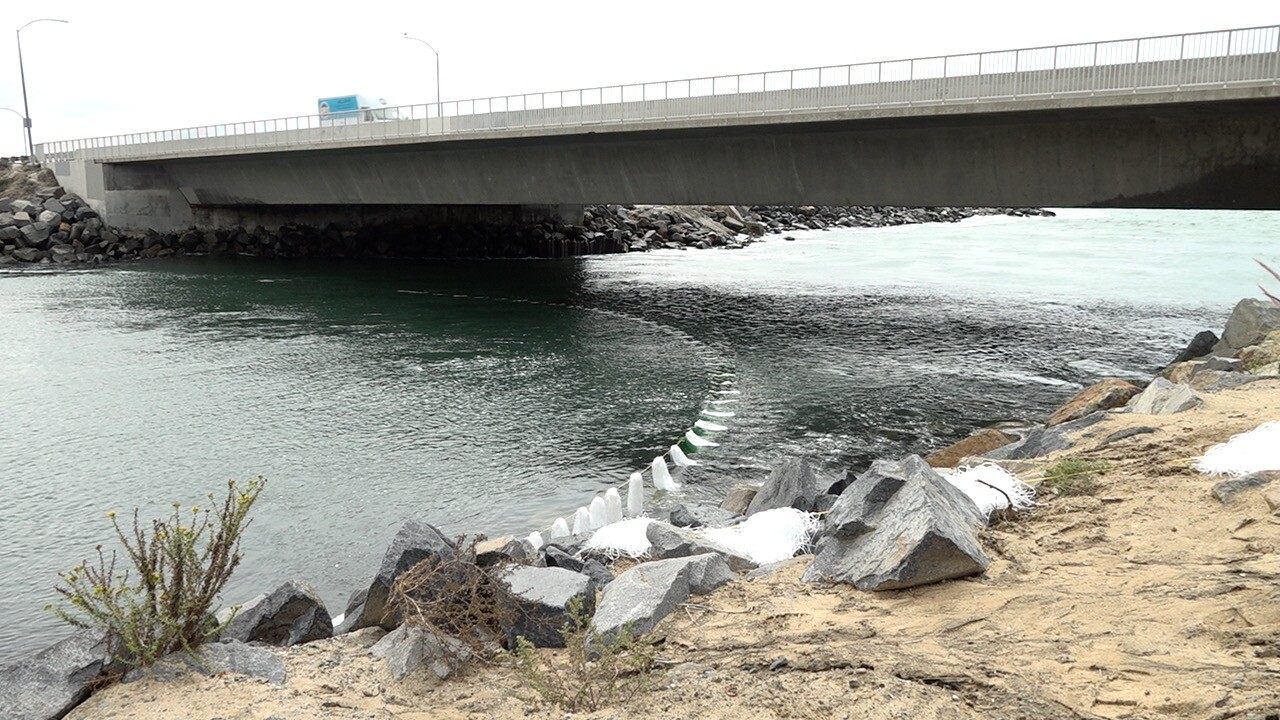CARLSBAD, Calif. (KGTV) — One of San Diego County's largest sources of locally produced drinking water is closely monitoring the impact the oil spill off the coast of Orange County could have in the area.
The Carlsbad Desalination Plant provides 10% of San Diego County's drinking water and produces 50 million gallons of desalinated seawater a day.
The facility was developed and is managed by Poseidon Water in partnership with the San Diego County Water Authority.
As of Friday morning, Sachin Chawla, the President of Poseidon Resources Channelside said there were no signs of oil near the plant.
"Things are looking pretty good and we are running at full capacity," he said.
Chawla said they're aware of tarballs washing up on beaches in Carlsbad and surrounding areas, which may be linked to the oil spill.
However, he said the tarballs are no threat to the plant.
"If things get worse, there's a way to capture that oil before it gets to the plant," Chawla said.
In response to the oil spill, state agencies placed white snares at the mouth of the Agua Hedionda Lagoon — the plant’s intake source.
"If there is some tar or floating oil, oil slick coming in, it'll be seen and then we'll be notified about that," Chawla said.
Further back in the lagoon are booms. Booms are yellow floating devices that can prevent oil from coming near the plant.
The plant also has multiple sensors that continuously monitor the quality of intake water.
If the oil in the source seawater reaches 100 parts per billion, a sensor will trigger a warning. If it reaches 300 parts per billion then the plant will begin to shut down according to the State of California requirements in the facility’s drinking water permit.
"They [state agencies] have taken these measures preemptively to essentially make sure that we don't have to run into these situations where the plant has to shut down," Chawla said.
The state also has personnel on-site to monitor the lagoon.




